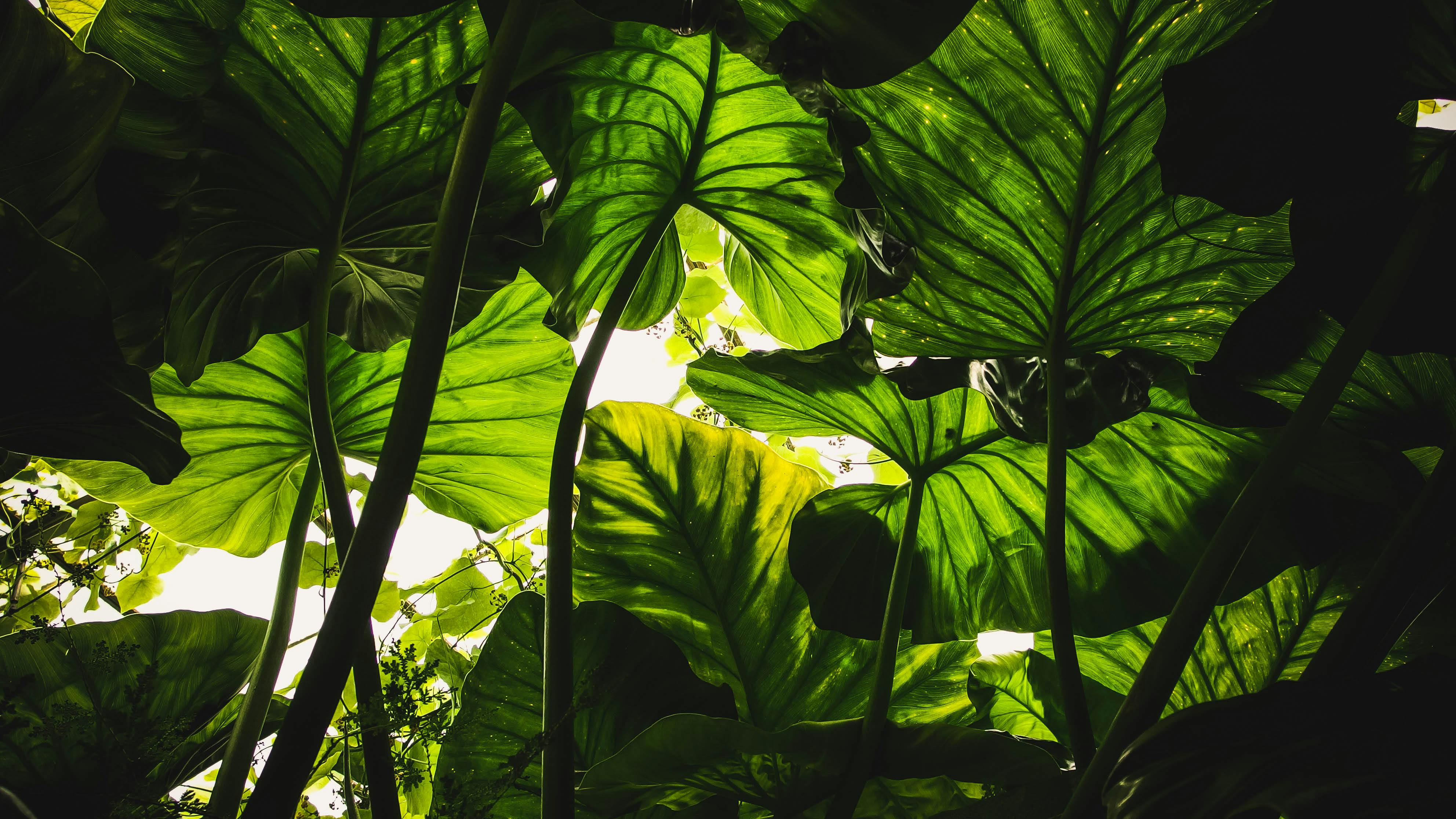Imagine a world without flowering plants. What do you see when you try to think of that? A dull, colorless and dead world is what you would see. Flowering plants provide us with everything we need for happiness. A world full of colors and a way to make the world a happier and a better place.
We see these plants everywhere around us – inside and outside our house, in school, on the roadsides, in the parks, and in so many other places. There are so many different kinds of plants. To differentiate between them all, it is important to learn more about flowering plants.
Suggested Videos
What are the types of flowering plants?
All around us, everywhere we go, we see plants. We can tell from our observation that there are various types plants. Some are tall, some are short. There are some which are just of one color, and some which have various colors. We classify plants into three categories.
- erbs: Plants with green and tender stems are known as herbs. These are short, and may not have many branches. For example, thyme, basil, and lavender come under the category of herbs.
- Shrubs: Shrubs are plants that have the stem branching out near the base. Their stem is not very thick, but it is hard. Acacia, hibiscus, and maple fall into the category of shrubs.
- Trees: These plants are very tall. Their stem is very hard and thick. As the stem rises and becomes higher, it branches outward. These plants are called trees. For example, apple, mango, and walnut are trees.

There are two more categories of plants:
- Creepers are plants with weak stems that cannot stand upright and spread on the ground. For example, pumpkins and watermelons.
- Climbers are plants with weak stems that take support from the neighbouring structures and climb up trees. For example, grapevine and money plant.
The Stem
The stem conducts water upwards. We can prove this with a small activity. Fill one-third of a glass with water and add a few drops of red colored liquid. Cut the base of the stem of a herb and put it in the glass. After a day, you will observe that parts of the herb have turned red.
This proves that water moves up the stem. Along with water, minerals dissolved in the water also move upwards. Thus, through the stem, water is conducted to the leaves and other parts of the plant.
The Leaf
Leaves exist in various different varieties. They can be broad or thin, long or short, green or colorless. Let’s learn more about the leaf.The part of the leaf that attaches it to the stem is the petiole. The broad and green part of the leaf is the lamina.
The lines on the leaf are called veins. The thick vein in the middle is called the midrib. The designs made by these veins are called leaf venations. If it is like a net on both sides of the midrib, then it is known as reticulate venation. If the veins are parallel to each other, it is known as parallel venation.
The leaf releases water through transpiration. Plants release a lot of water into the air by this process. Leaves prepare their food through photosynthesis. They use water, and carbon dioxide from the air to do so. They release oxygen in the process. The plant stores the prepared food in different parts of the plant in the form of starch.
The Root
The roots are the part of the plant that is in the soil. The roots help in holding the plant firmly in the soil. They anchor the plant to the soil. There are two kinds of roots. Firstly, we have the type of roots in which there is one main root and smaller roots come out of it. This main root is known as taproot, and the roots that come out of it are known as lateral roots.
Secondly, there are roots in which there is no main root, and all roots are similar. We call this type of roots as fibrous roots. Roots absorb water and minerals from the ground, and the stem conducts them to the other parts of the plant.
The Flower
The flower is the attractive part of the plant that contains the reproductive organs of the plant. You can learn more about the flower here.
Solved Question For You
Q. The starch is produced in the part of leaf which is:
a. Exposed to light
b. Covered with black paper.
c. Kept in closed dark room.
d. Watered daily.
Sol: a. Exposed to light






Leave a Reply